DOWNLOAD THE LOWITJA INSTITUTE REPORT HERE
Charles Pakana (Victorian Aboriginal News):
In September this year, the Lowitja Institute, which is the country’s only national Aboriginal and Torres Strait Islander community-controlled health research institute, released a report titled Better outcomes and value for money with a seat at the table. Now, in that report, the institute revealed some startling results of its research on the potential for the federal government to save massive amounts of money in the health sector, should a Voice to Parliament become a reality. Joining me today to talk about this is the CEO of the Institute, Narrunga Kaurna woman, Professor Janine Mohamed. Professor, thanks for coming onto the podcast.
Adjunct Professor Janine Mohamed, CEO Lowitja Institute:
Oh, thank you for having me.
Charles:
Now, professor, before we get to the report, given the 2008 commitment by the government to work with First Nations to address health and life expectancy, and the 2020 National Agreement formed in partnership between the Coalition of Peaks, federal, state, territory, and local governments, what have been the main stumbling blocks in the ability to close the gaps?
Janine:
Well, thank you. That’s a really important question. Yes. The National Agreement really did promise to be a real game changer for Aboriginal Torres Strait on peoples, and governments. At the heart of it, we had those expanded targets, but we also had the four priority reforms, and those talked about the way that government was going to work with us. I think that’s the most important thing about thinking about how government does work with us, reflecting on that, and changing the way through transformation. Your listeners will know that the Productivity Commission, it recently released its findings, and those findings were retrospective, it’s three-year review of the agreement. I think I have to underscore that what it said was that governments really didn’t understand the urgency, or the magnitude for us and for them of what’s required.
Charles:
But why is that, given that it goes back to 2008?
Janine:
Yeah, yeah. I think for them, it’s just been business as usual, and really understanding that with transformation, it means a sharing of power. It means shared decision-making, co-design, which we all bung on about. But what does co-design really mean? When you’re really doing it well, it means sharing of power, and decision-making. I think what we see in community-controlled organizations, which of course, Lowitja is one, is that still investment is often short-term, it’s unpredictable, it’s not collaborative. Often, the failure of not closing the gap gets blamed on us, because governments really still aren’t listening and acting on the agreement that has been made, and they don’t know how to transform the way they work. I think for me, Charles, one real way of showing how it can be devolved to communities, and how communities when they’re in control really do have amazing outcomes is during COVID. We saw in COVID that, because of the high-risk, because of the way that the virus was spreading quickly, governments actually had to say to communities, “You take control and you do what you need to do.”
Charles:
Yeah.
Janine:
That saw us six times less likely to get COVID in our communities. Of course, the social determinants caught up with us, poor housing and all of those things, and eventually we became a part of the rest of the country’s statistics. But I think it showed a really good way of when it’s left up to us how to spend the money that we received, and that money is spent in a way that communities need, want, and desire, and they develop, plan, and implement their own programs, we have amazing outcomes.
Charles:
You haven’t really identified key stumbling blocks, but I think what you’ve said was how it could improve by a proper co-design process, by actually working together. I think that really sums it up nicely. Now, one of the things that the report claims is that by improving the coordination of grants, and service delivery by means of the Voice, there could be a significant reduction in the administration costs. That’s always been a huge stumbling block, I think, when it comes to getting money out to the community, because it’s got that overlay, massive overlay of admin costs. Now, these admin costs are estimated at seven to 12% of funding allocated to public services, and programs. What could this potentially represent, in real terms, in savings to the federal government?
Janine:
Well, if you think about the billions of dollars spent everywhere, That saving, that seven to 12% as you said, can be really significant. There was an article in The Australian a few days ago by Paige Taylor. She pointed out that there’s already quite a cost, perhaps averaging around 10%, associated with moving a single dollar of funding from one government department to another government department.
Charles:
God save us from bureaucracy.
Janine:
I know. When you think about that, the amount of billions, hundred of millions, this is not small numbers. What actually happens in that movement, they need to have contracts in place, reporting, audit, and risk assessments, and so on. Of course, people need to get paid in those roles as well.
Charles:
Sure.
Janine:
But then if you know the reality of how many of our ACCHOs, and other community-controlled organizations, and how they work, you know that the level of administrative burden is intensified so disproportionately. Lowitja Institute, years back now, we’re ahead of our time. We put out a report called The Overburden Report. I encourage your listeners to actually have a look at that report. But it talked to exactly what we’re having a conversation about today. Many, if not even most, of our community-controlled organizations, they’re funded through an absolute chaotic patchwork of grants, and funding agreements.
Charles:
Yeah, there are these three, four-
Janine:
These can be three, four, or five government departments that they’re involved in, and often more than one agreement per department, so multiple funding streams.
Charles:
How would the Voice assist this though, do you think?
Janine:
Well, I think that problem is actually elevated, and that the whole process could be better coordinated, and streamlined. And then that would free up so many resources within our ACCHOs, and government departments too. Imagine how much more useful that funding and people’s time could be, addressing services that our people absolutely need.
Going back to your first question about closing the gap in the National Agreement, we’re talking to bureaucrats in these circles. We’re not talking to the decision-makers, which is parliament there, and highlighting the needs, wants, desires of our communities. I often describe it as, if there’s a football stadium full, we’re the 3% in that football stadium trying to drown out the other voices of what are our priorities, and our needs. We believe that if people listen to Aboriginal Torres Strait Islander peoples, our needs, wants, and desires, it’s actually better processes for everyone.
Charles:
Yeah. This actually leads on. Sorry to cut you there, but it seems to-
Janine:
No, no. That’s fine.
Charles:
… lead on pretty well to another thing that reports says, and this was the most staggering thing that I saw on the report, that it states that if investment in Aboriginal and Torres Strait Islander preventative and primary healthcare and stress, preventative and primary healthcare initiatives could be targeted more effectively, the annual savings on hospital expenditure alone could exceed $10 billion. Can you expand on how the Voice can bring this about, because that’s a huge saving?
Janine:
Yeah. Well, it’s the $10 million question, isn’t it?
Charles:
Yeah, exactly.
Janine:
Well, there’s so many ways, where improved healthcare for our mob will save money. In 2022, of course, we know that our peoples were 3.5 times more likely to require hospital admission than non-indigenous people. We know that many health issues, including cancer, kidney diseases, our people don’t present to health services until things are really acute. That is often, because they don’t feel welcome, or safe because of past experiences in those mainstream health services. Cultural safety, which is my life and passion across a lifetime, is a big part of the answer and also, ensuring that Aboriginal Community-Controlled Health Services, we increase the number of those services, so our people have access to primary healthcare services in the communities that they come from.
We know that those hospitals can be really unsafe, and traumatizing environments for our mob, and their family, so we often avoid them, so that it’s too late. Julian Lisa talked about this the other night in the context of the boys, and he described. Well, a lot of us say that he said, “Diabetes is a lifestyle disease. It’s manageable, and particularly in places like Sydney, our big metropolitan centers. Yet the leg amputation rate for indigenous persons, particularly Torres Strait Islander mob, is almost four times higher than other Australians.”
Charles:
Good Lord.
Janine:
Yeah. The highest rates are in very remote communities. Of course, the other end result of this is dialysis for our mob as well. It’s an incredibly preventable burden for the individual, the community, the health system, but most importantly, our families who are often looking after us in those chronic disease end-of-life states. If Australian governments-led initiatives that are guided by the Voice that can improve things like diabetes management processes, and practices to be more safe, and more practical for my mob, then we would see fewer Aboriginal Torres Strait Islander people experiencing these acute injuries, and this burden of disease. Again, I underscore burden, because often we get our first chronic disease, and then we go, and collect a few more.
Charles:
Yeah, we see that. Yeah.
Janine:
What we’re saying is that primary or prevention dollar is less than that tertiary end. If we could put more money into the primary and prevention area of healthcare, then we will spend less at the other end of the healthcare spectrum. Before, I was talking to you about birthing on country, and how it’s really dear to my heart. One really great model is in Queensland, it’s called Birthing In Our Community program. Now, it reduced the proportion of preterm births to almost parity with non-indigenous babies.
Charles:
Jees.
Janine:
Yeah. I know, right? Preterm birth and low birth weight, that has an impact for the rest of your life, and it’s a health impact for the rest of your life. But it saw, on average, a cost savings of about $5,000 per mum and [inaudible 00:11:14] like the pay. That was more effective, and less costly than your standard maternity care that you get in the mainstream hospital setting, and that’s not even counting the social, and emotional, and cultural benefits of positive birthing experiences.
Charles:
These are relatively straightforward suggestions and proposals, aren’t they? But look, another thing that-
Janine:
It was rolled out across the country, because the Voice elevated that as a need.
Charles:
Yeah.
Janine:
Yeah.
Charles:
Well, this is one of the things that, of course, a lot of advocates for the Voice talk about, where it’s not just a case of, look, we want something from the government, but actually what we can deliver to the government to impact on future policies that can be rolled out right across the country to any Australian, going forward as one Australia. Another thing that did prove to be somewhat startling was in the report, it stated the overall government expenditure on Aboriginal and Torres Strait Islander peoples is 6% of total public expenditure. There’s no news on that. I think that’s been a fairly widely broadcast figure. But what was particularly startling is that the report said, “Only 18% of that is specifically targeted towards those for whom it’s intended.” All of a sudden, that huge amount of 6% of public expenditure becomes a very, very small amount, and nowhere near the 3% that one would imagine would be equitable. Why this disparity? Where’s the money going? To add to the complexity of the question, what can the Voice do to improve this?
Janine:
Well, I think why is kind of a value question, and that this hasn’t been highlighted sooner. There’s been a lot said for the No campaigns, and in the media about how much kids spent on indigenous health. That’s why, our report is really important right now to speak to that, and it’s a bit sad that we have to rebut that question, actually. The AMA says that health spending per capita for our mob is only about 60% of what it should be, to actually be equitable under that needs-based formula, knowing that we suffer a higher burden of disease in our communities. State and territories funding gets a bit closer to that, but it’s the Australian government, or the Commonwealth funding that really pulls the average down.
We also know that overlaid on this is that we actually under access Medicare funding as well, and we actually under access pharmaceutical benefits scheme. We saw NACCHO do some great work, and that was the CTG with the Pharmacy Guild of Australia. That initiatives actually saw Aboriginal Torres Strait Islander people get medications at a lower cost, and it actually opened up the piggy bank, if you like.
Charles:
Oh, it’s groundbreaking work.
Janine:
Yeah, yeah. Yeah. That’s the sort of initiatives, I think it highlights the underexpenditure that the boys could highlight that, and how we could actually work with governments to get funding to the right organizations, and to the much needed work that we need to do across the country. We know the solutions. I think the Voice will actually elevate our voices into those realms where decisions can be made.
Charles:
Janine, I want to thank you so much indeed for coming onto the podcast, and sharing information about this report. We will link to the report, and also the other report to which Janine mentioned on the website. Janine, once again, thank you.
Janine:
Thanks, Charles.
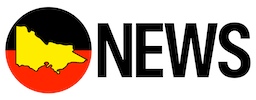

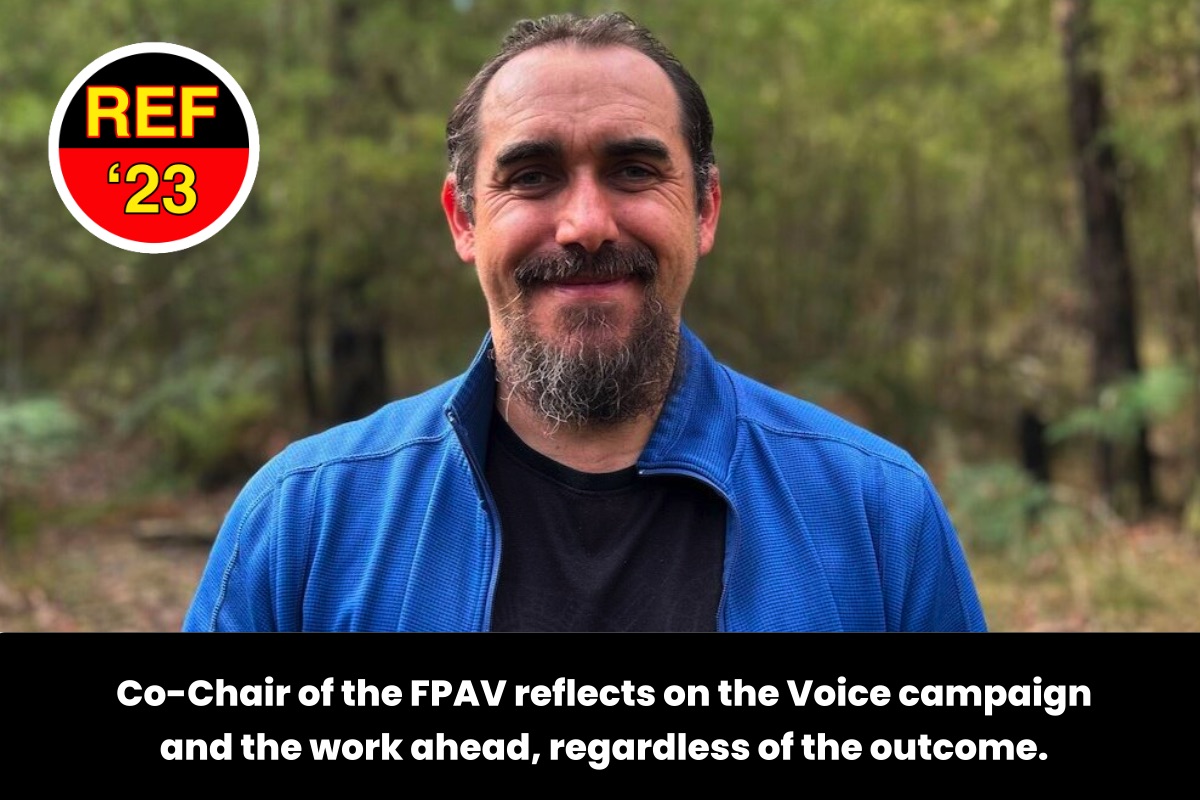
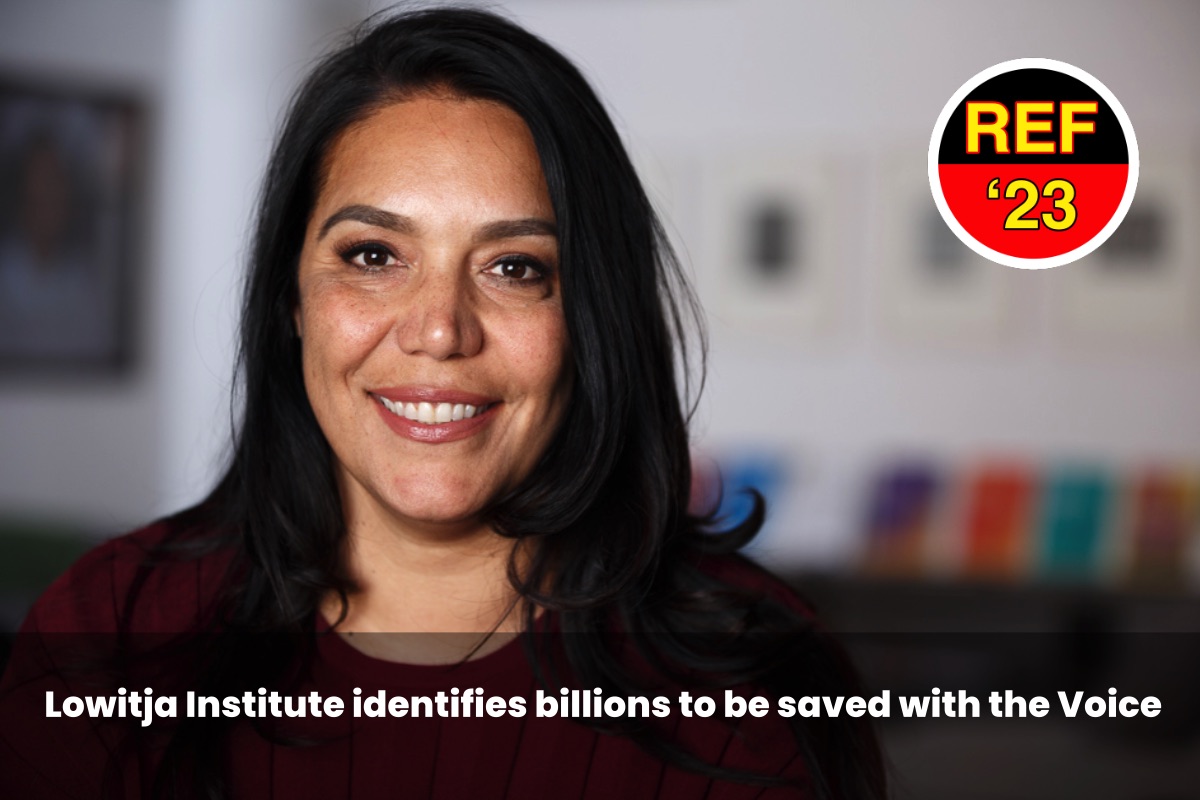
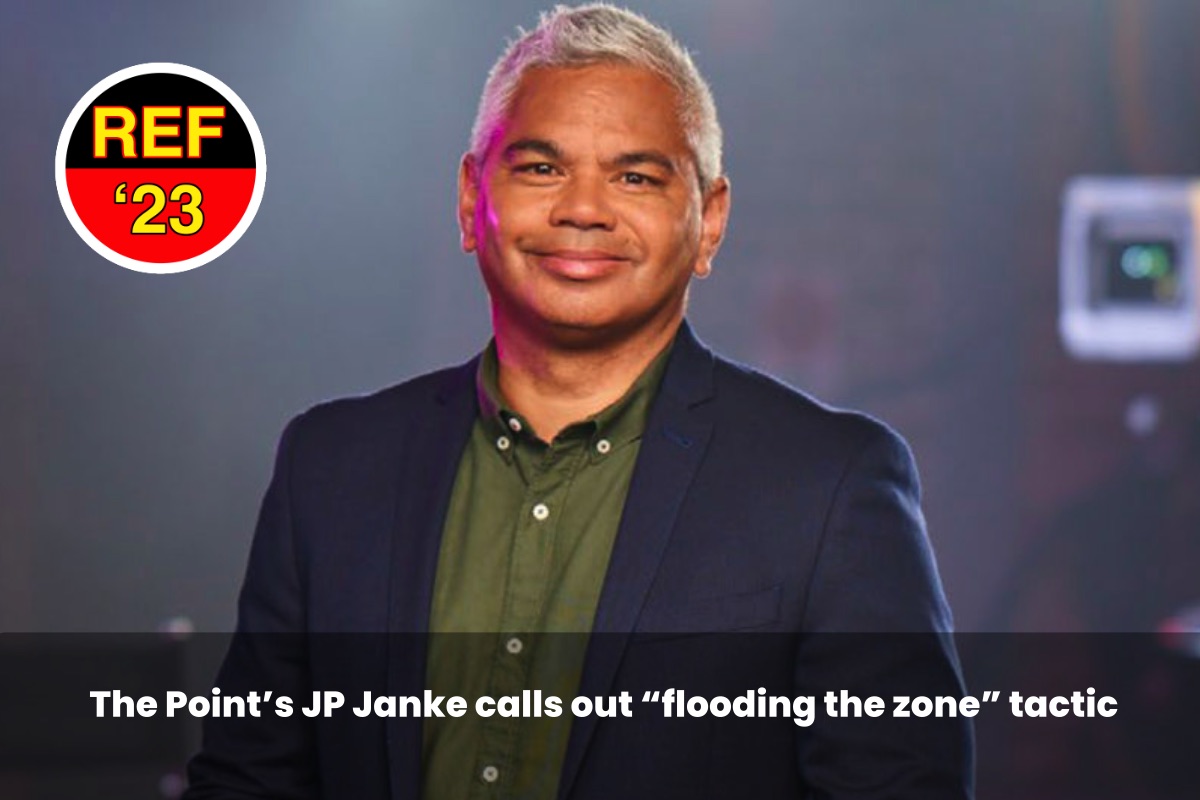
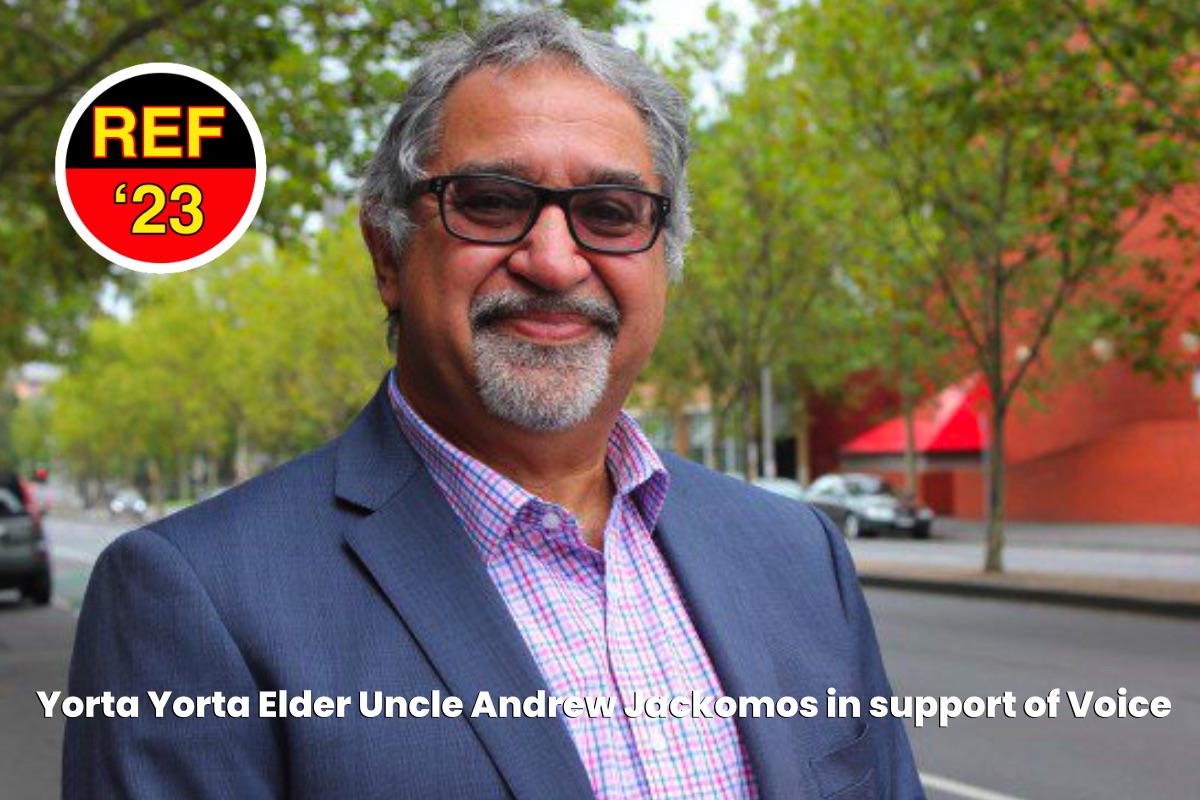


0 Comments